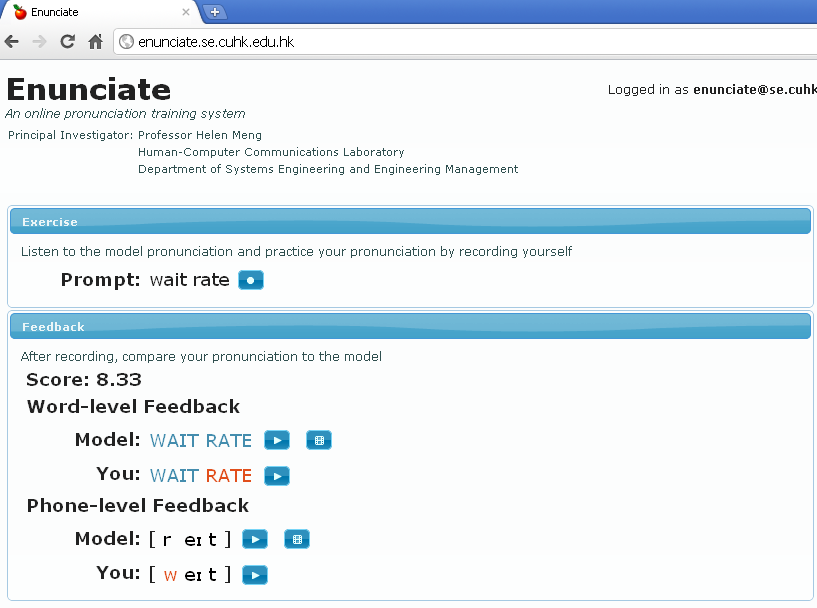Introduction
|
English is the lingua franca of our world. It is the second language (L2) most actively studied across Asia, as well as an official language or working language used in education, government, media, etc. in many regions. Hence, acquiring communicative competence in English is of prime importance. It has been estimated that by 2010 there will be 2 billion English learners worldwide, and the proportion in Asia alone will exceed the number of native speakers. Second language learning, specifically pronunciation learning, involves correct perception and production of sounds in the target language. The learning process tends to be influenced by well established perceptions of sounds and articulatory motions in the primary language (L1). This cross-linguistic influence is often referred as language transfer. Negative transfer of L1 features causes inaccuracies and errors in L2 speech productions, which impedes intelligibility. Consequently, the study of L2 speech productions (i.e the "interlanguage" of learners who have not acquired native-like proficiency) is of great interest to phoneticians, linguists, language educators, as well as technologists engaged in the development of CALL (computer-aided language learning) systems. |
 |
|
This project aims to develop technology for Computer Aided Pronounciation Training (CAPT). There are several key focus in our research: 1. Corpora development and annotation 2. Speech recognition research 3. Mispronunciation detection 4. Corrective feedback generation |